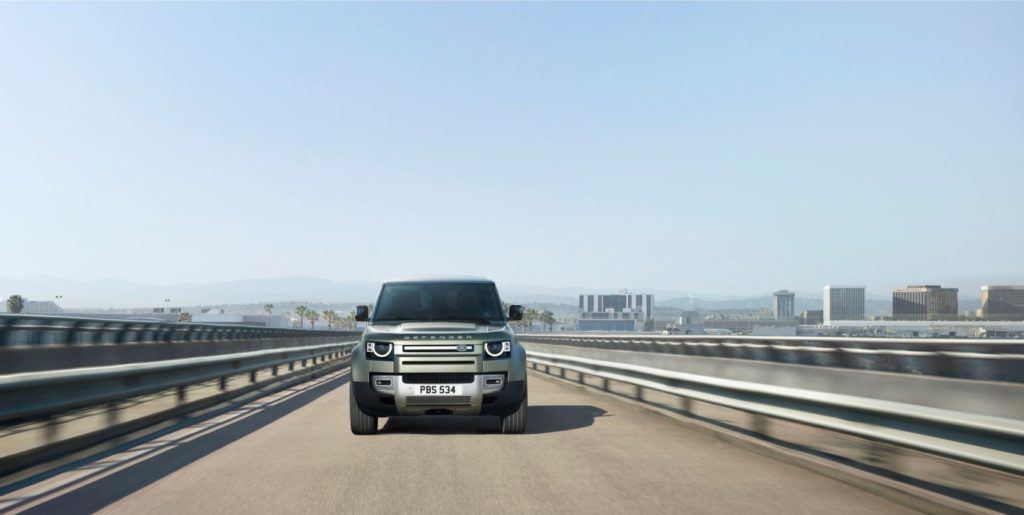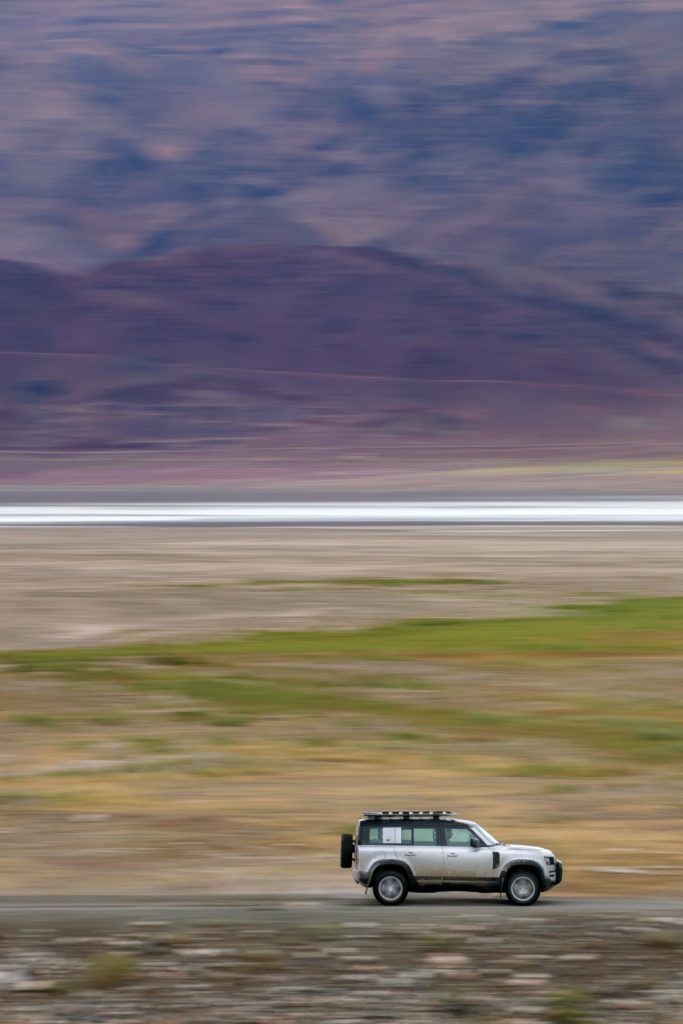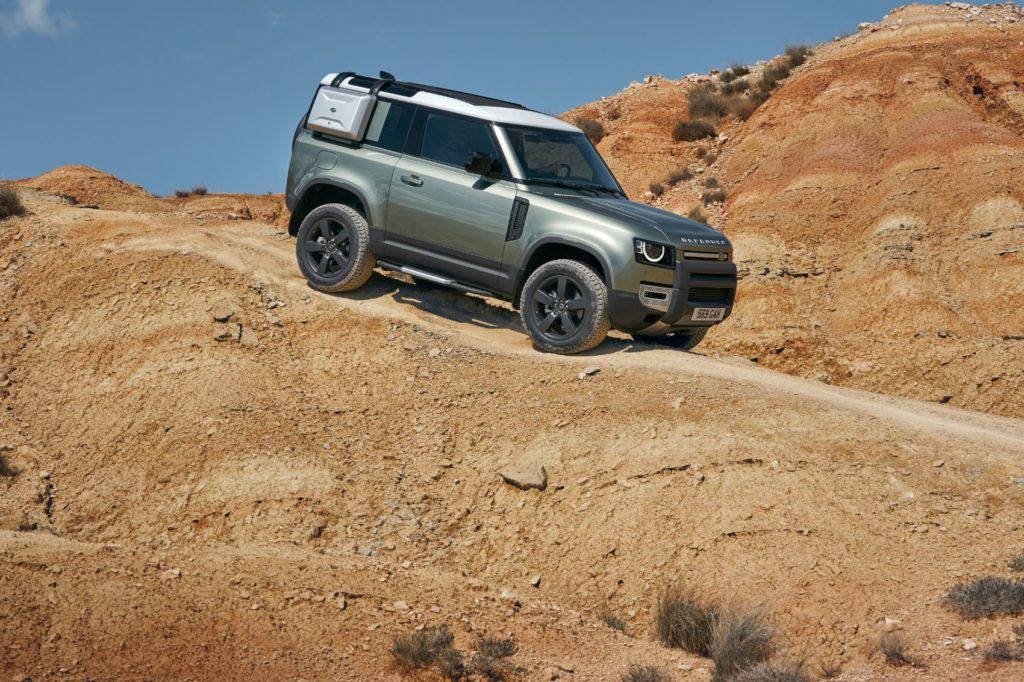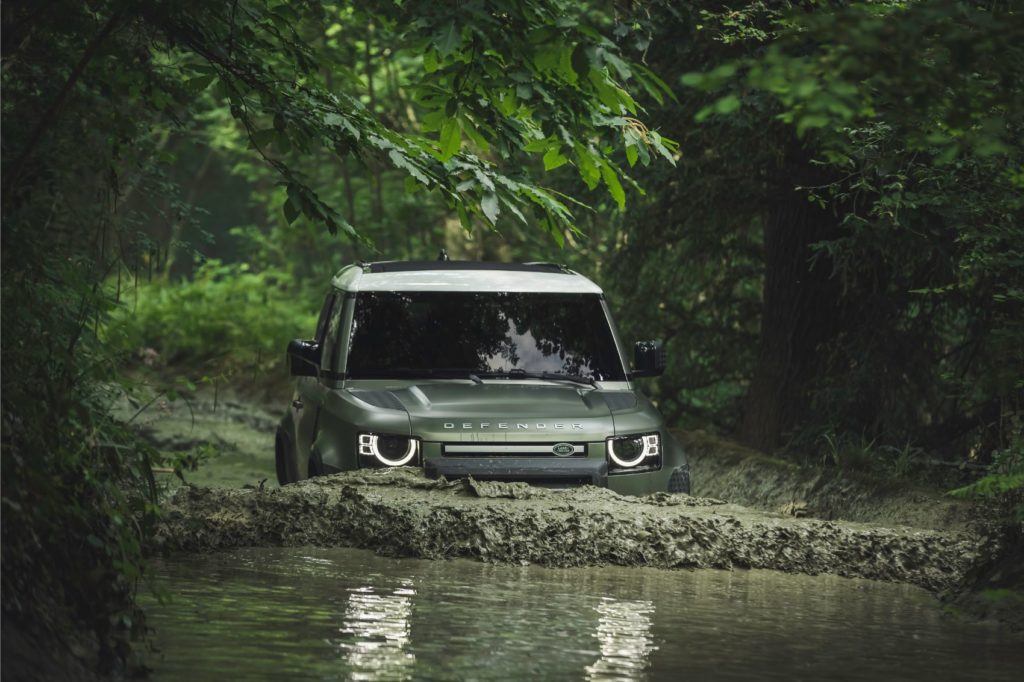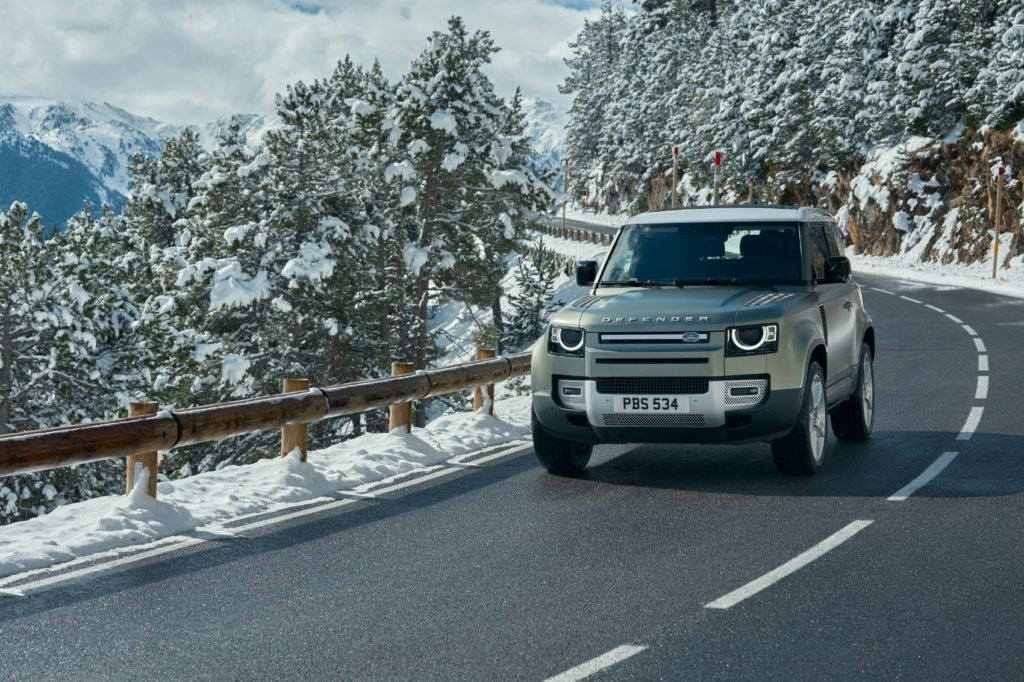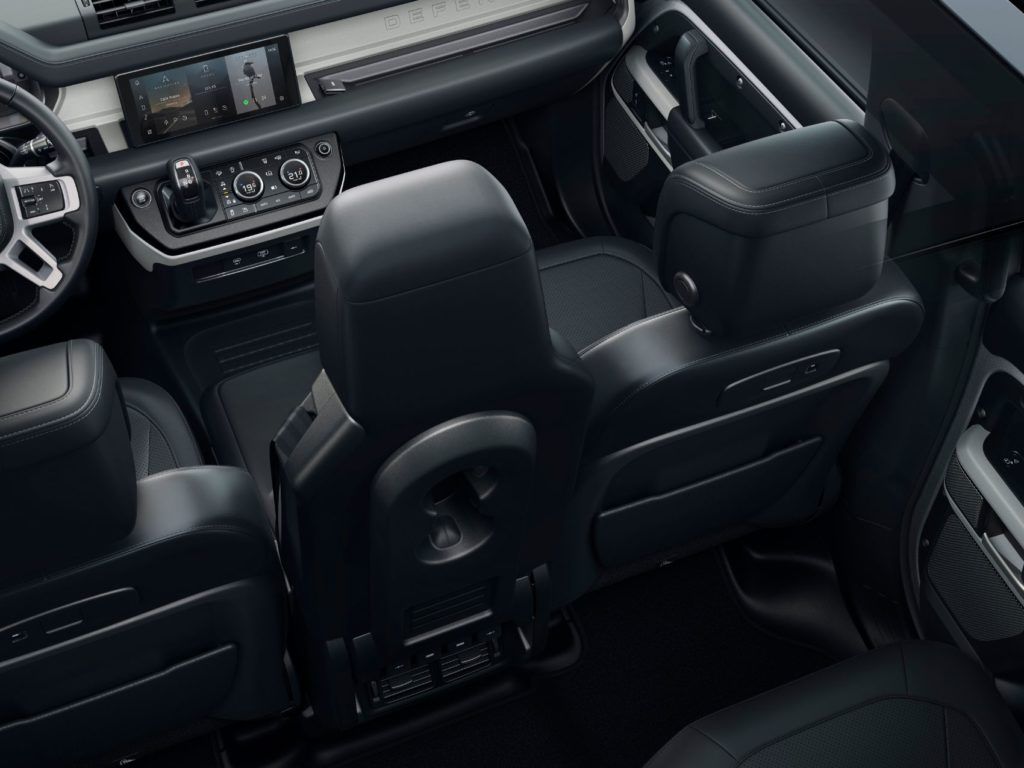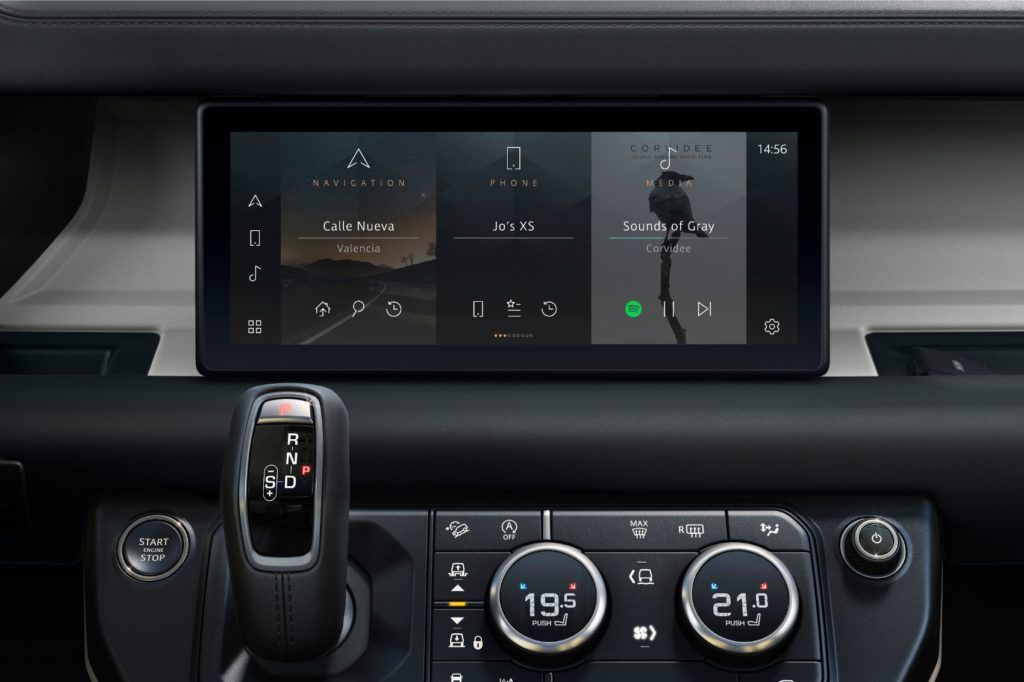- The Defender is coming back to the United States for the first time in 20 years.
- Off-road tools include a Twin-Speed Transfer Box and Locking Center Differential.
- The forthcoming Defender 90 and 110 are underpinned by a new D7x architecture.
The 2020 Land Rover Defender is back with a vengeance! The last Defender sold on American shores was way back in 1997. After that, Land Rover sent the Defender on a long hiatus and insisted on giving us some buttoned-down crossovers like the Evoque, Velar, and new Discovery Sport.
Now the Defender is back to reclaim its former glory, but let’s be honest here: modern Land Rovers are known for many things – like off-road prowess and refined luxury – but these vehicles are not exactly class-leaders in terms of reliability and durability. However, Land Rover wants to change all that with the 2020 Defender.
In order to ensure the new Defender is tough like its forebearers, Land Rover drove the Defender through 1.2 million miles of real-world testing. This meant exposing the vehicle to the most inhabitable places on Earth, including scorching heat, sub-artic temperatures, and high-altitude environments.
When Is The New Land Rover Defender Coming Out?
The 2020 Land Rover Defender is available in two body styles: the long-wheelbase Defender 110 with five, six, or seven seats; and the shorter-wheelbase Defender 90 with two doors. The former will enter the U.S. market by the spring of 2020 while the latter follows soon after.
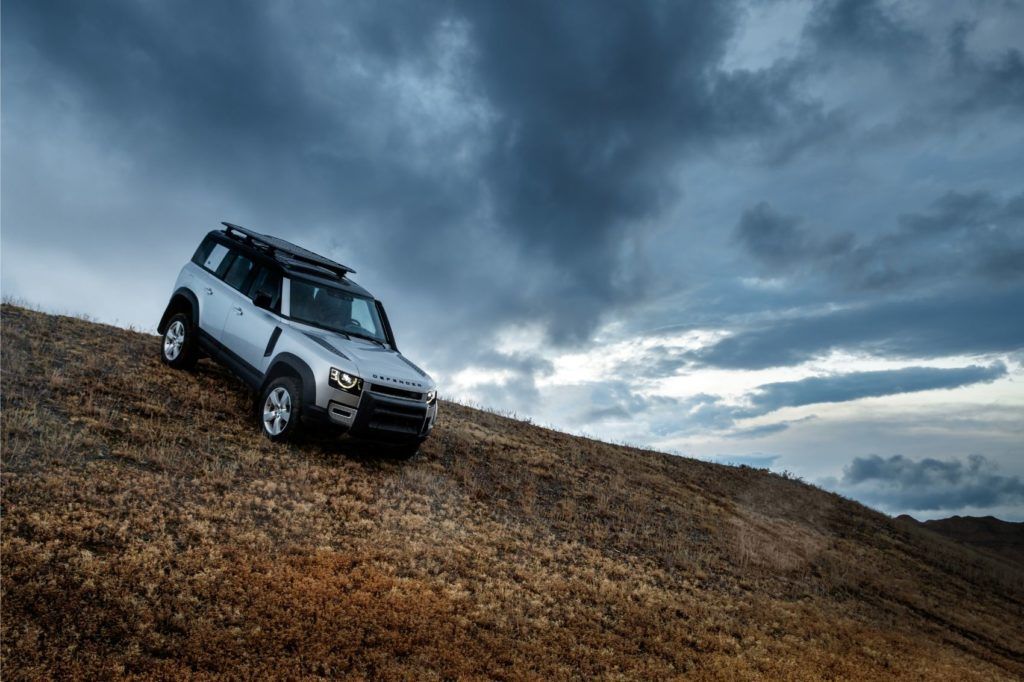
How Much Horsepower Does The 2020 Land Rover Defender Have?
Since the Defender 110 arrives first, let’s focus on this one for now. There are two trim models to choose from: P300 and P400. The Defender 110 P300 has a 2.0-liter turbo four-cylinder mill producing 296 horsepower and 295 lb-ft. of torque. It’s not a drag racer, but the motor is torquey enough to propel the Defender from zero to 60 mph in 7.7 seconds.
Meanwhile, the Defender P400 has a larger 3.0-liter inline-six with both turbocharging and electric supercharging. If that’s not enough, it also has a mild-hybrid assist system. All in, this motor is good for 395 horsepower and 406 lb-ft. of torque. The mild-hybrid system harvests braking energy and stores electricity in a small lithium-ion battery pack. It’s also responsible for powering the electric supercharger, which is enough for a 60 mph run in 5.8 seconds.
Both the P300 and P400 have an eight-speed ZF automatic and permanent all-wheel drive with a Terrain Response system.
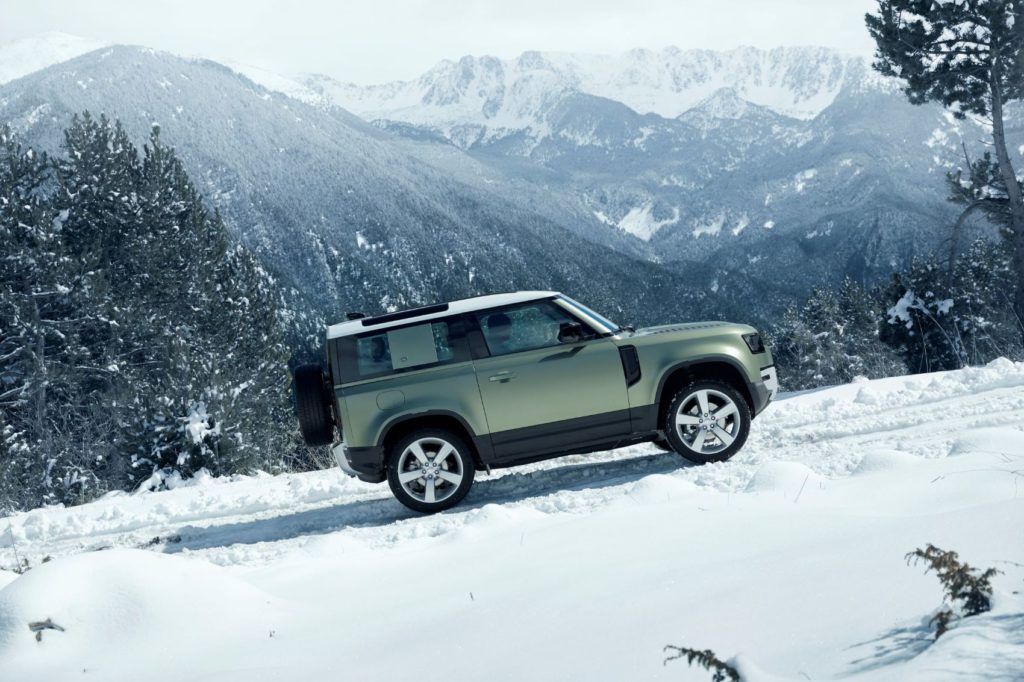
What’s The Towing & Carrying Capacity of The 2020 Defender?
With the application of modern engineering techniques, the new Land Rover Defender has a maximum towing capacity of 8,201 lbs. The vehicle also comes with Advanced Tow Assist. This feature enables the driver to perform tricky reverse maneuvers by steering the trailer via a rotary controller on the center console.
Making a visit to the hardware store? How about camping gear? No sweat. The new Defender’s roof is rated for a maximum load of 370 lbs. (168 kg). Land Rover is also offering four distinct accessory packs with roof racks, a portable rinse system, an integrated air compressor, and scuff plates all around.
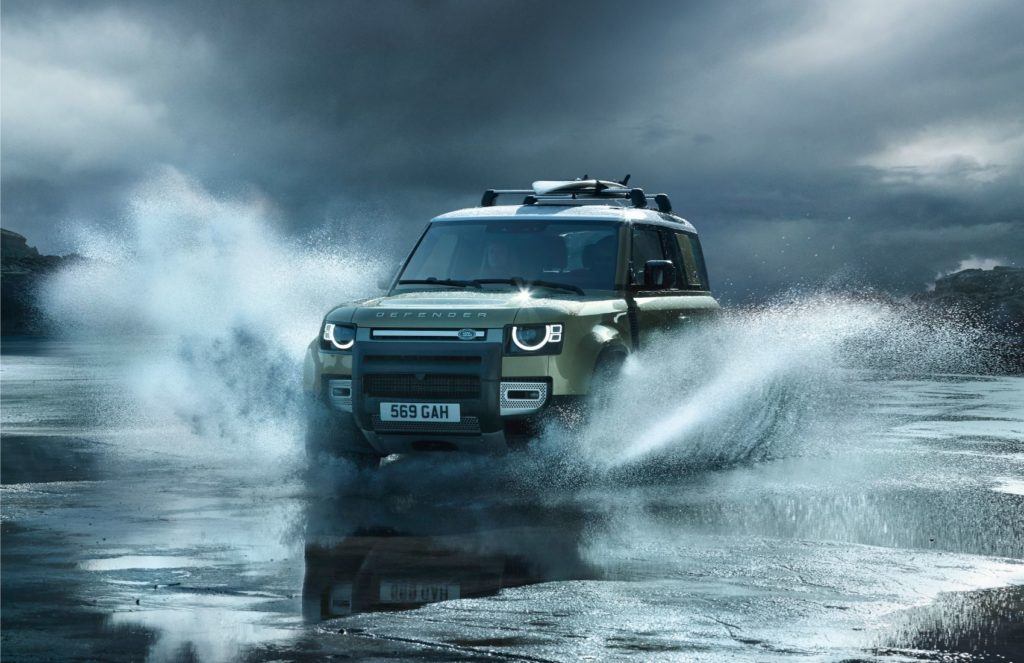
Old Dogs & New Tricks
You see, there’s a reason why old Defenders are considered top dog, and it all boils down to simplicity. It had a rectangular profile and boxy shape, solid front and rear axles, and no complicated computers to mess things up. It’s the old-school way of doing cars, and those old Defenders still have a huge following. In this day and age of social media, privacy issues, and smartphones, the old ways still work.
It’s safe to say the 2020 Defender is the antithesis of previous models. For starters, the body-on-frame chassis is gone to make way for an all-aluminum D7x unibody platform, which is essentially the same underpinnings of a car-based crossover. From this alone, I can imagine purists storming Land Rover’s gates with pitchforks and torches in hand, but you need to look at it from a different perspective.
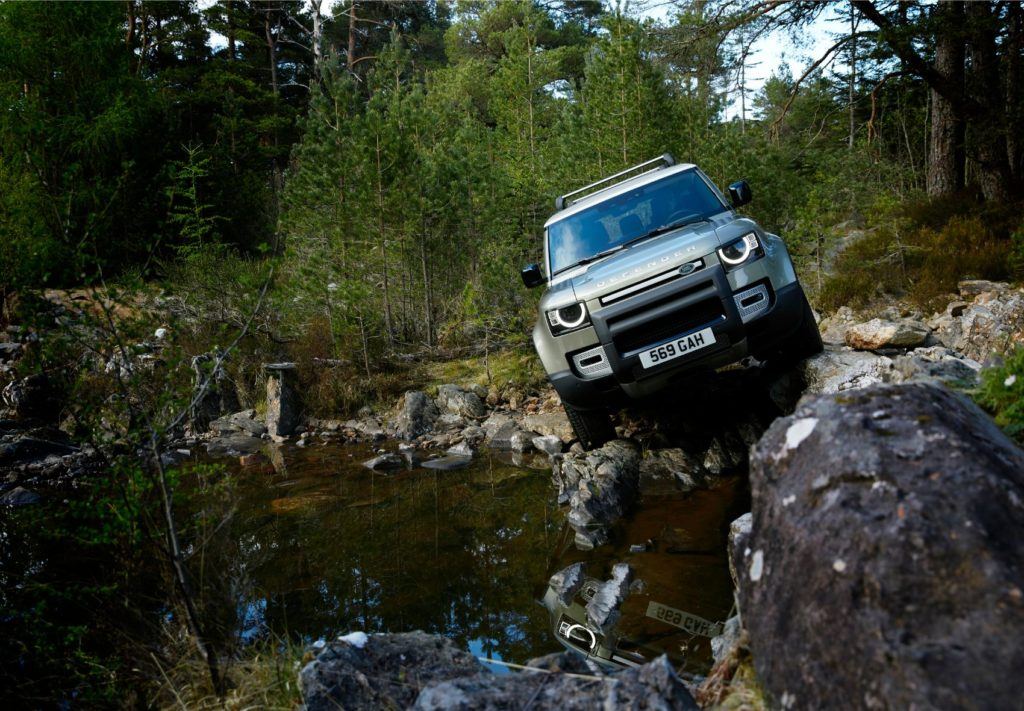
2020 Land Rover Defender: Essential Foundations
Sure, a ladder chassis with a body-on-frame construction is more robust, but it’s not an ideal ingredient if you’re looking for a refined ride. Land Rover understands most SUV buyers do most of their driving over paved roads and decided the best way was to use a toughened and modified aluminum unibody chassis.
In fact, using a clever mix of high-strength steel and aluminum, Land Rover claims the Defender’s chassis is three times stronger than most rivals, including those from Land Rover as well. A new chassis demands new legs, and Land Rover made sure to fit an independent suspension up front and out back. The automaker says this means the 2020 Defender will provide a better ride without compromising off-road grip and traction.
- Related: Land Rover set this sweet record last year in the French Alps.
Respectful of The Past

Style-wise, the new Defender has a distinctive silhouette, but the boxy cues are now more rounded than ever. It still looks tough and capable, like a muscular bouncer wearing an expensive tuxedo. “The new Defender is respectful of its past but is not harnessed by it,” said Gerry McGovern, Chief Design Officer, Land Rover. “This is a new Defender for a new age. Its unique personality is accentuated by its distinctive silhouette and optimum proportions, which make it both highly desirable and seriously capable – a visually compelling 4×4 that wears its design and engineering integrity with uncompromised commitment.”
The vehicle has higher sills and shorter overhangs no matter which model you choose. This allows an approach and departure angle of 38 degrees front and 40 degrees rear. It can also climb a 45-degree slope and descend on hills with a 47-degree angle. The new Defender is also capable of wading through 35 inches of water, which comes in handy when attacking river crossings or typhoon-induced floods.
Practical & Comfortable Interior
The 2020 Defender’s interior has an exposed powder-coated magnesium crossbeam, integrated grab handles, and partially-exposed structural door casings; all paying homage to the analog vibe of previous Defender models.
On the other hand, modern touches include a 12.3-inch central touchscreen, Apple CarPlay and Android Auto, and a new electronic vehicle architecture with over-the-air updates. You also get a 3D surround-view camera, a six-speaker audio system (with optional 10 and 14 speakers), and USB ports along with 12V sockets in the front and second row.
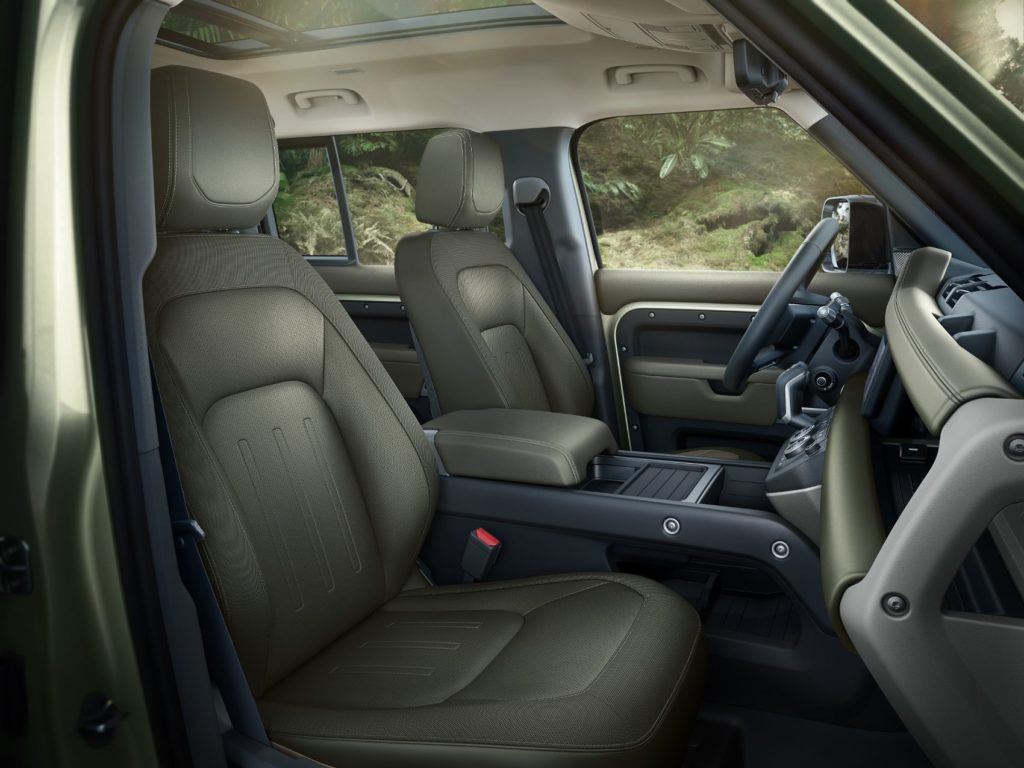
2020 Land Rover Defender: Pricing & Availability
The new Land Rover Defender is offered in six models. The Defender P300 is available in Standard and S trim and starts at $49,900 and $53,350. The Defender P400 is available in SE ($62,250), HSE ($68,350), and X ($80,900) trim models. Meanwhile, the Defender First Edition starts at $68,650.
From the looks of things, however, the new Defender won’t come cheap when it’s all said and done. Load it up with options and accessory packs and you can easily breach the $100,000 barrier.
Body color options include three new metallic shades: Tasman Blue, Pangea Green, and Gondwana Stone. Other colors include Fuji White, Eiger Grey, Santorini Black, and Indus Silver.
Alvin Reyes is the Associate Editor of Automoblog. He studied civil aviation, aeronautics, and accountancy in his younger years and is still very much smitten to his former Lancer GSR and Galant SS. He also likes fried chicken, music, and herbal medicine.
2020 Land Rover Defender Gallery
Photos & Source: Jaguar Land Rover.


